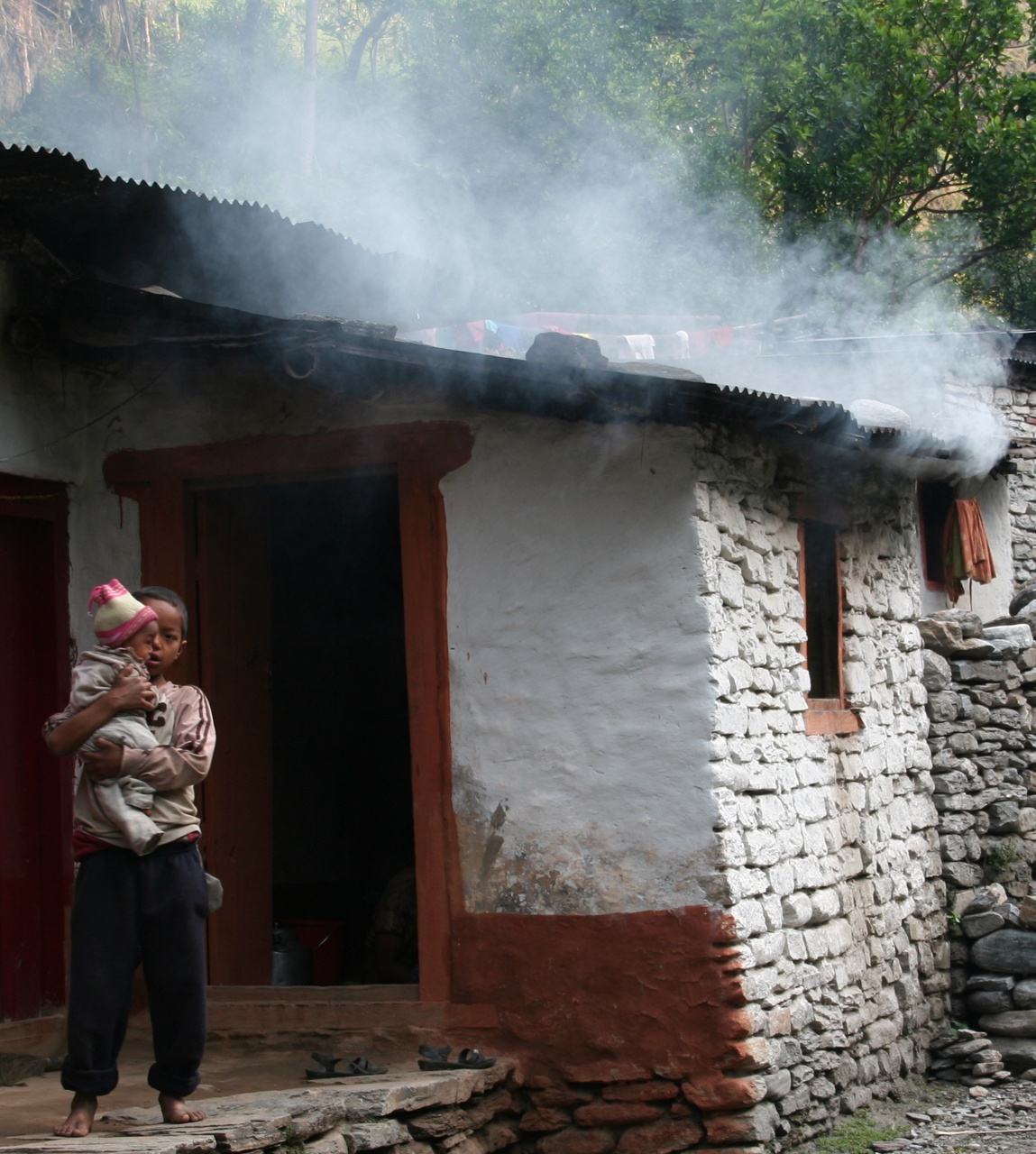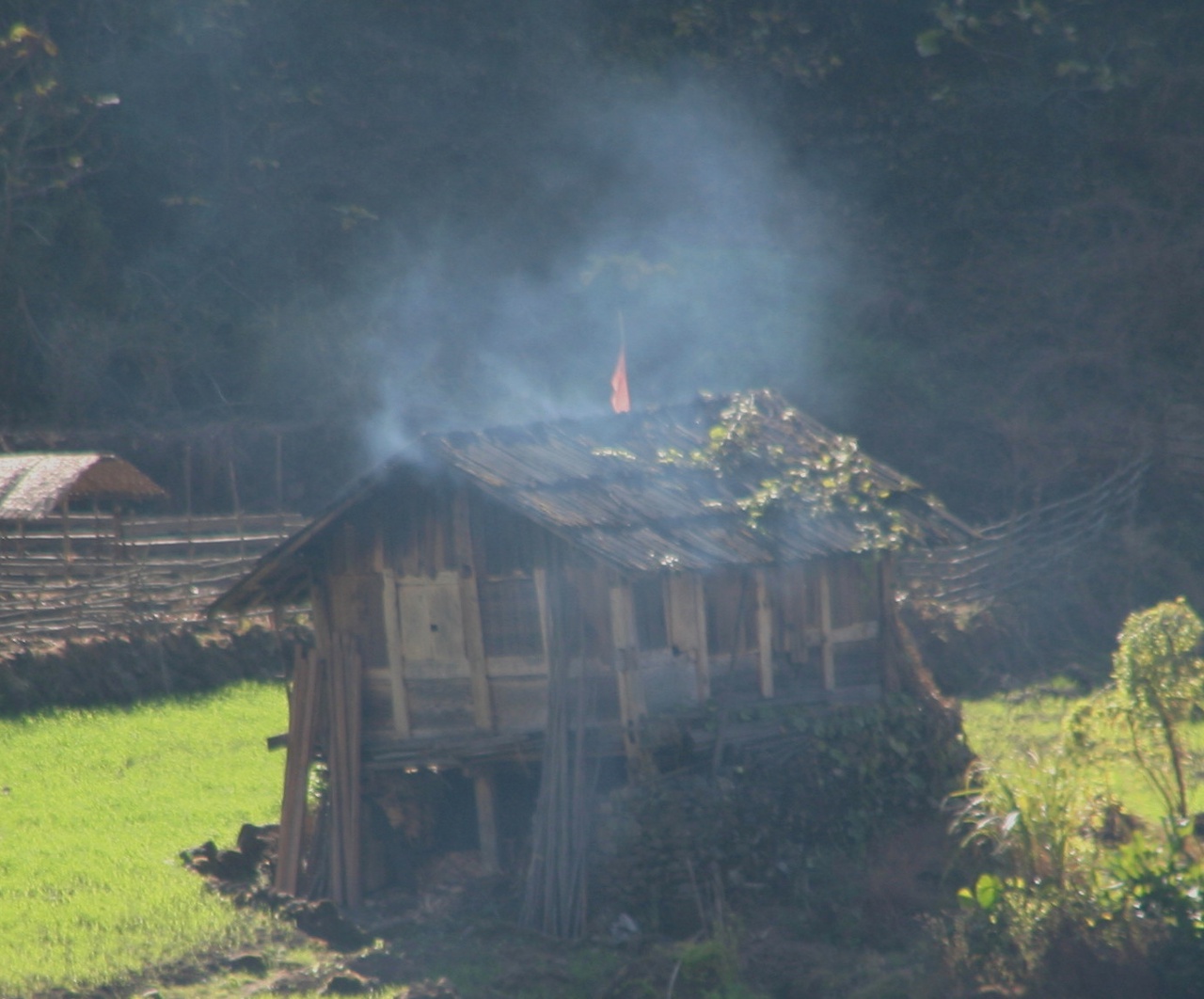Smoke makes people sick



Health problems due to cooking on open fires are are problem throughout the world. The World Health Organisation WHO estimates that fast drei Milliarden Menschen prepare there food on open fires or inefficient stoves. According to WHO statistics smoke from open fires is on the fifth place in the list of health risks in developing countries.
The problem is growing! According to the International Energy Agency IAE by 2030 around 100 Million more people will burn biomass in a "traditional manner". The IEA notes the potential for energy saving and reduced CO2 emissions whic could be achieved by efficient stoves.
Founded in 2011 under the name Global Alliance for Clean Cookstoves, the Clean Cooking Alliance (CCA) has set itself the target to provide 100 million households with smoke-free stoves till 2020:
"The Global Alliance for Clean Cookstoves seeks to mobilize high-level national and donor commitments towards the goal of universal adoption of clean cookstoves and fuels. Its ambitious but achievable goal is to foster the adoption of clean cookstoves and fuels in 100 million households by 2020. The Alliance is mobilizing support from a wide range of private, public, and non-profit stakeholders."
"Igniting Change", A Strategy for Universal Adaption of Clean Cookstoves and Fuels, by CCA, November 2011
Die Ofenmacher are registered implementers of the Clean Cookingl Alliance.
CAPS: Cooking and Pneumonia Study (The Malawi Project)
An advanced cookstove intervention to prevent pneumonia in children under 5 years old in Malawi
Publications
The effects on health of cooking on an open fire have been scientifically demonstrated. The problem is not limited to Nepal. You can find a selection of the many works which document this here.
Indoor air pollution from biomass fuel smoke is a major health concern in the developing world
Childhood asthma and indoor woodsmoke from cooking in Guatemala
Household Air Pollution from Coal and Biomass Fuels in China
Chronic Bronchitis in Women Using Solid Biomass Fuel in Rural Peshawar, Pakistan
Child pneumonia in Nepal: A study in Nepal found that of four fuel types—electric, biomass, gas, and kerosene—kerosene, followed by biomass, were associated with the highest amount of childhood pneumonia.
Publications on smoke and child development
Low birthweights in India: A study of pregnant women in urban and rural areas in India found a 70 gram decrease in birthweight for babies born to mothers exposed to biomass emissions compared to those using LPG.
Brain development: A UNICEF report found that approximately 17 million infants worldwide are at risk for reduced brain development and increased brain damage due to living in areas with poor air quality.
Low birthweights in London: A study in London found that long-term PM2.5 exposure during pregnancy was associated with a 6% increase in the likelihood of babies with low birthweights.
In addition to these studies highlighting maternal and child health, the GBD MAPS Working Group published a report on the Burden of Disease Attributable to Major Air Pollution Sources in India. The study found that in 2015 of the source sectors studied, residential biomass was the largest contributor of PM2.5 emissions in India, accounting for 23.9% of all ambient emissions.

